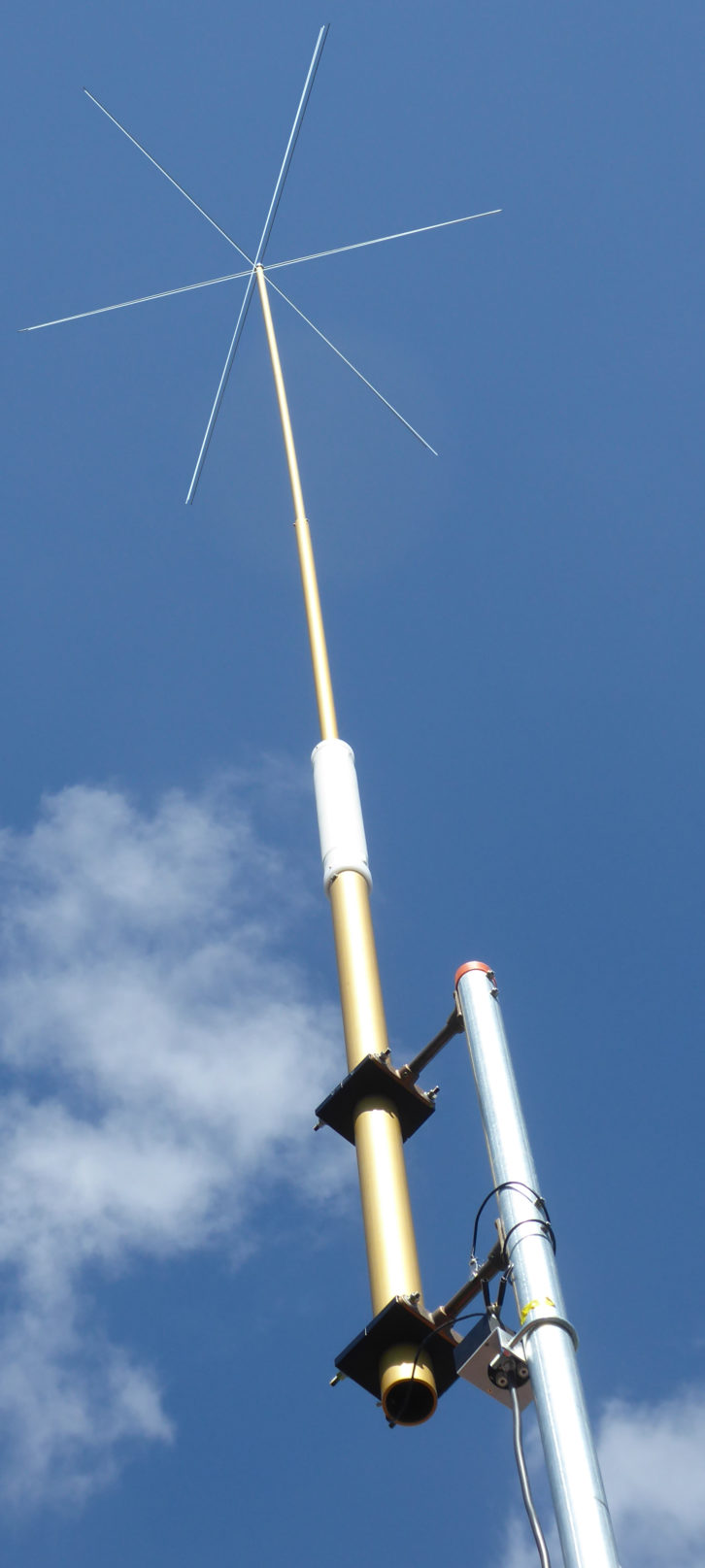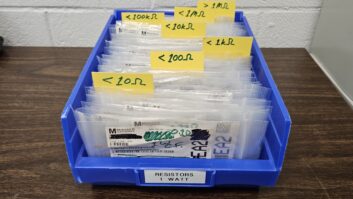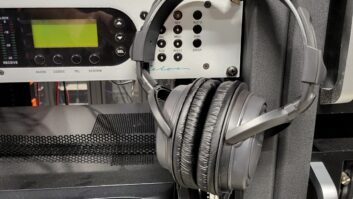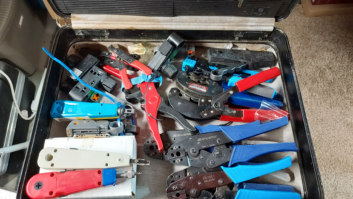Jim Talbot handles engineering for WSYY(FM) “The Mountain 94.9” in Bangor, Maine. He has a FLIR ONE Pro add-on for his cellphone.
We’ve written about the benefits of this kind of tool before. Though the model he uses is expensive, it can make troubleshooting easy by identifying hot components quickly.
Jim had an audio board that contained multiples of the same op amp mounted on it. With the FLIR ONE Pro, he identified the bad chip quickly. Jim finds the tool just as helpful for troubleshooting hot spots on electrical panels and RF transmitter components.

Recently, Jim used his smartphone to troubleshoot several Nautel J1000 PA and modulator modules.
Despite seeing a difference in heat from the FETs, he could not feel any difference with his hand. Instead, it was the side-by-side comparison of the FLIR ONE Pro module pictures, shown in the images, that pointed to the trouble.


Be sure to check out the available versions of FLIR thermal cameras to find one that fits your needs and budget.
One feature of the “Pro” version is that you can see the components on the module you are measuring, not just the heat signature image. Where components are packed tightly on a board, this makes identification of the errant component easier.
Stingers that sting
We’ve received a few comments about Frank Hertel’s use of the term “stinger strap” in his EZ Fix for a failed antenna.
Frank says he always heard the term “stinger” used to define the component that carries the RF signal from the central RF feed connection point to the radiating antenna element(s).
In AM, the stinger — strap, wire or copper tube — is the conductor that makes the connection between the antenna tuning unit (ATU) and the AM tower. Think of it as “stinging” the tower with RF energy.
In FM, some antennas use a “stinger strap” to connect the RF coax’s “feed point stub” to a connection point on the FM antenna elements. In FM, these “stinger straps” are critical in their length, and the position at which they connect to the FM antenna radiating elements. Their connection provides the best 50 Ohm match, at the desired frequency of operation.
If you happen to touch the exposed “stinger” (wire or strap) while it is radiating, you will immediately burn a hole in your fingertip, leaving you feeling like you’d been stung by a nasty bee.
RF burns hurt all the way to the bone, and you’ll be left with a white cauterized burned spot on the tip of your finger. There will be no bleeding, just intense pain.
Frank writes from personal experience. He takes the blame for getting burned but adds that he had “trusted” that someone else had turned off the transmitter before he touched the conductor. They had not.
Always use caution around live RF. At the worst it can kill you. At the least you may be reminded of the experience for weeks or months as the burn heals.
[Check Out More of Workbench Here]
Take 555
Frank also shares a YouTube tutorial from the Element 14 online community, in which host Karen explains how the versatile and inexpensive 555 timer IC works.
Frank adds that Walter Jung published a book, “The IC Timer Cookbook,” many years ago. It’s still a resource for tinkerers and experienced circuit designers. Search for copies through online used bookstores.
An AM resource

Bill Baker is with Information Station Specialists in Michigan. He has teamed up with Scope+Focus principal Len Watson to provide emergency AM radio components and rentals for temporary applications.
Their website describes transmitters, antennas, support structures and ground planes. The photo here shows one of their emergency AM antennas. The site also lists a number of AM stations that have employed these solutions successfully.
The company also maintains EventCast rental systems. These are small AM operations that include a transmitter, antenna and audio player to provide temporary broadcasts at events — “rental radio stations, ready to roll.” The equipment gives the venue the ability to speak to arriving patrons using TIS rules. Learn more here.
Useful utility
I recently encountered some Windows update issues. Coincidentally, Workbench contributor Paul Sagi in Kuala Lumpur sent in the following note: “At a command prompt in Windows, type systeminfo followed by Enter. You’ll get a list of system information, including Windows updates. Those are file names beginning with KB.”
Paul also commented about our column back in March 2021 in which Marc Mann described a “Phone Phreaking Box” built with Radio Shack parts. For Paul the article brought back memories of Ma Bell calling his parents to complain about his “testing” of the phone system. Paul had discovered the phone numbers he could dial to obtain tones that he could use to test his own audio equipment. Very handy before he built his own signal generator!
John Bisset, CPBE, has more than 50 years in broadcasting and is in his 32nd year writing Workbench. He handles western U.S. radio sales for the Telos Alliance and is a past recipient of the SBE’s Educator of the Year Award.
Workbench submissions are encouraged and qualify for SBE recertification credit. Email [email protected].












